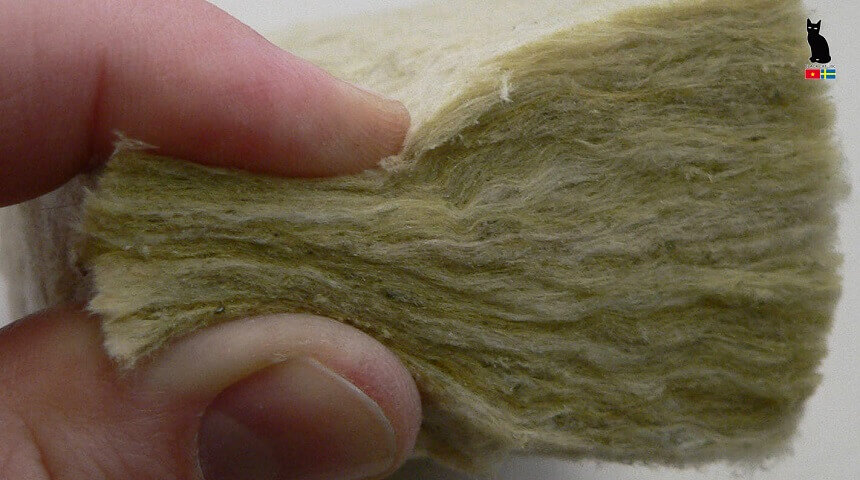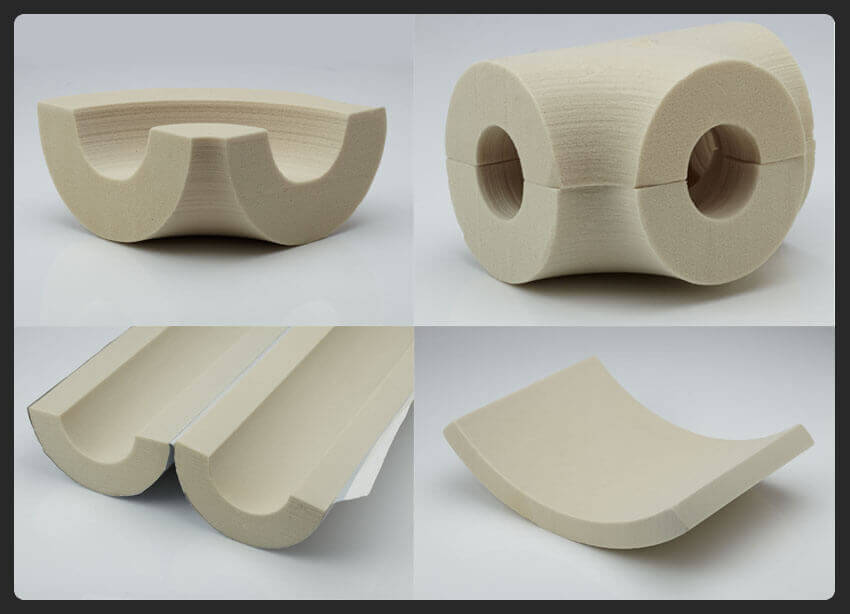
Compare The Difference Between Hot And Cold Insulation Materials
By admin . March 26, 2020 | News
It’s difficult to make the decision between purchasing hot or cold removable insulation materials without truly knowing both sides of the story. Both forms of insulation materials are going to save your money in the end, but it is vital to determine which is the most practical and cost effective for your piping system.
There are questions that need to be asked when choosing insulation. At the top of this decision tree is the most important: is the equipment or piping that we are insulating hot or cold? Once this question is answered the next question is: interior or exterior? The answer to these two questions will jump start the decision process when choosing an insulation.
Hot Insulation Materials
Removable insulation is specifically designed to insulate piping systems transporting gas and substances at high temperatures. The materials used to construct the insulation work to prevent your pipes from overheating, while keeping the warmth inside the pipe. This helps to cut down on energy bills for your facility, saving you money in the long run.

So, what materials are used during circumstances that require hot insulation? Well, that depends on the intended purpose of the pipe being insulated. There is a laundry list of materials to choose from all with different purposes. Below are 3 common materials:
- Cray Flex: This material has a high thermal, heat and chemical resistance, while still produced from high quality raw materials.
- Resin Bonded Rockwool: Used in both cold and hot insulation, resin bonded rockwool has high thermal, chemical and heat resistance with an unmatched dimensional stability.
- Spiral-wrap Fiberglass: This type of fiberglass is difficult to install, but extremely inexpensive for your hot insulation needs. It both keeps the contents being transported at the proper temperature, while ensuring the excess heat remains within the piping system.
The most important part about picking a hot insulation material is understanding the maximum temperature the insulation will be covering. Components less than 350°F can be covered with off the shelf pre-molded fiberglass. When components are near or above temperatures of 1000°F, silica or ceramic insulation is usually required. It is very important to adhere to manufactures suggestions when picking and installing insulation for hot components.
Cold Insulation Materials
Just like hot insulation materials, some of the materials used to produce cold insulation vary dependent upon the system of pipes they are insulating. Therefore, the materials used in either hot or cold insulation are dependent on the customization of the particular piping system. Two common materials used in cold insulation are:
- Polyurethane Foam: Perfect for handling low thermal conductivity and substances with below freezing temperatures. Polyurethane foam also allows for low smoke emission and low water vapor permeability.
- Rubber Foam: Rubber foam is also often recommended for condensation control as the closed cell technology is highly resistant to moisture vapor.
With chilled insulation, keeping the cold in is as important as keeping the heat out. There are many types of insulation used on chilled water pipes. The two most popular are foam glass and rubber insulation or Armaflex. Although a little more difficult to work with than pre molded fiberglass, when installed correctly, these materials do a great job of stopping condensation and preventing energy loss.

What Is the Difference Between Hot And Cold Insulation Materials?
The difference between hot and cold insulation materials comes down to a few things. Firstly, the materials used in hot insulation covers doesn’t require a water vapor barrier that a cold insulation system needs to properly function. The water vapor barrier helps prevent metal degradation that can occur overtime.
Buildups of condensation occur within cold systems, which require bendable or flexible insulation to deal with this issue. Therefore, the types of metal, fiberglass, foam and other materials used for thermal bridging in cold insulation are much more flexible and moldable than those found in hot insulation materials.
Lastly, closed cell structure is needed in cold insulation to help avoid wicking. The material in high temperature insulations allows water to enter because the heat will cause the moisture to evaporate. However, in a cold insulation system the water will not evaporate. Closed cell structure of the cold insulation material helps prevent this problem.
Metal Cladding For Hot And Cold Insulation System
Once the insulation has been chosen, an exterior jacketing must be picked. When the insulation is installed properly and to manufactures suggestions, the covering is usually chosen for the environment it will be exposed to rather than the hot or cold type it is insulating. For interior components, that will not be walked on or subjected to frequent damage, PVC or silicone is normally used. For pipes that may be subjected to frequent damage, metal or thicker PVC can be used.
Source: www.thermaxxjackets.com


[…] PIR – Advanced Cold Insulation Solution >> Compare The Difference Between Hot And Cold Insulation Materials >> The Difference Between Rockwool And […]